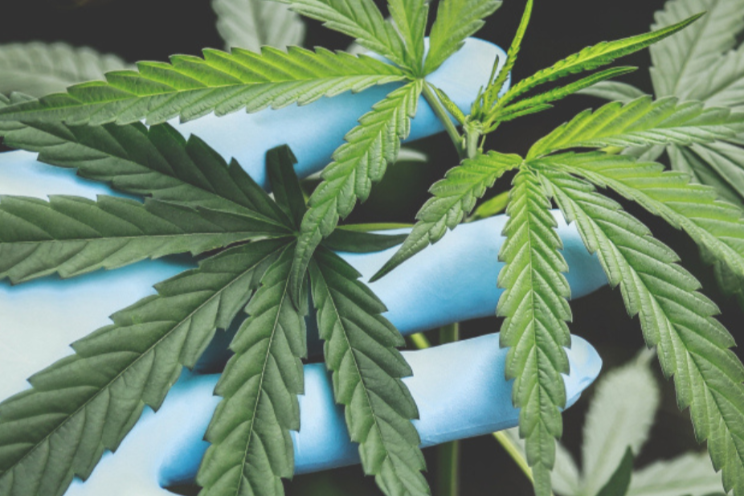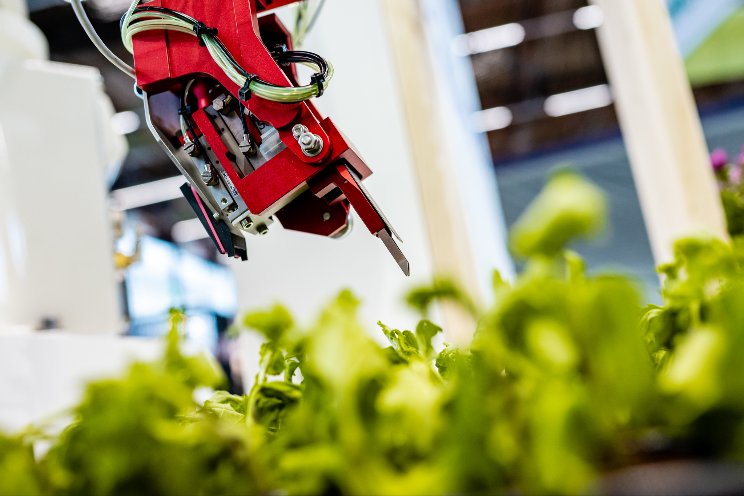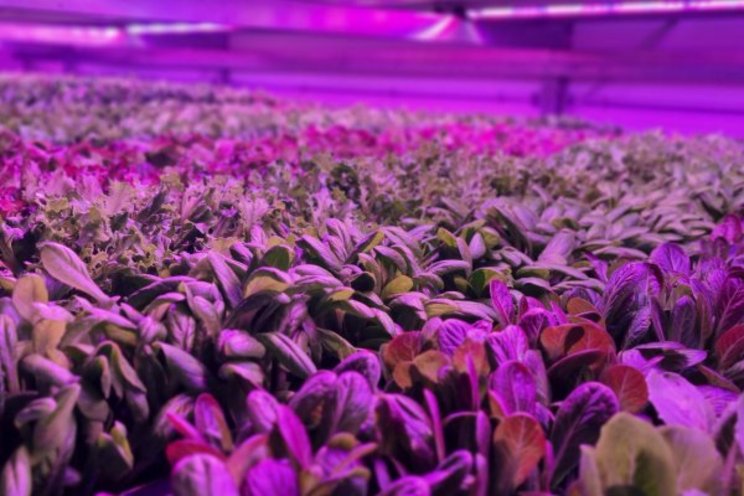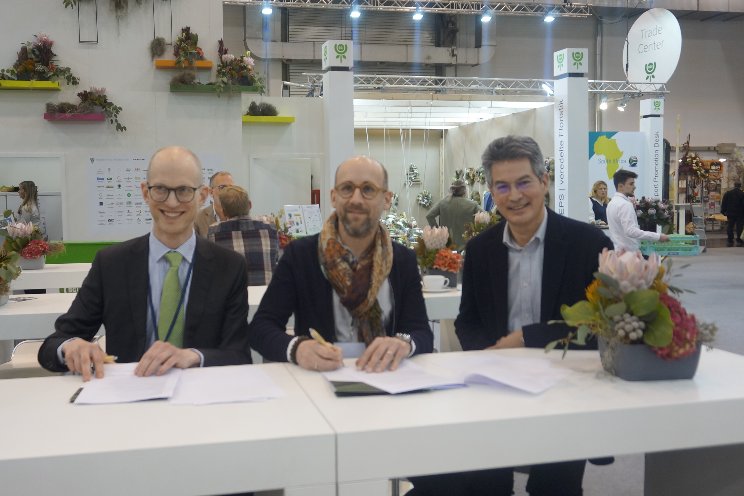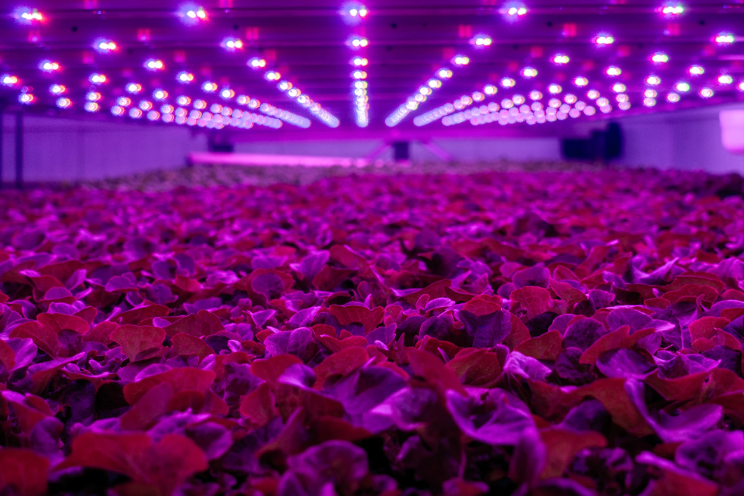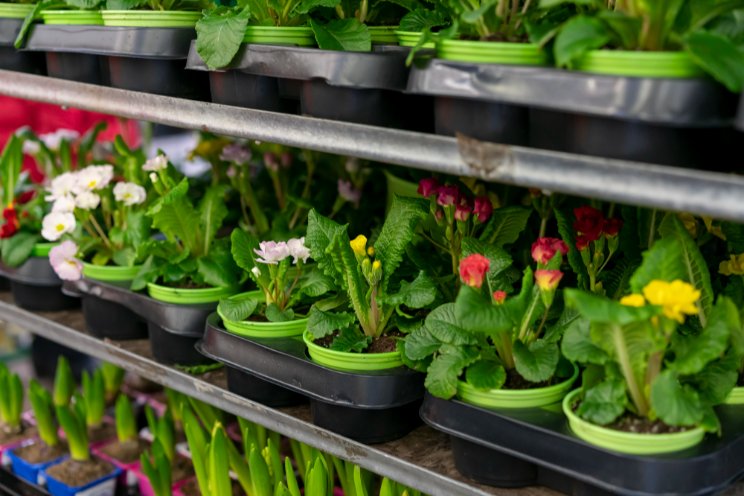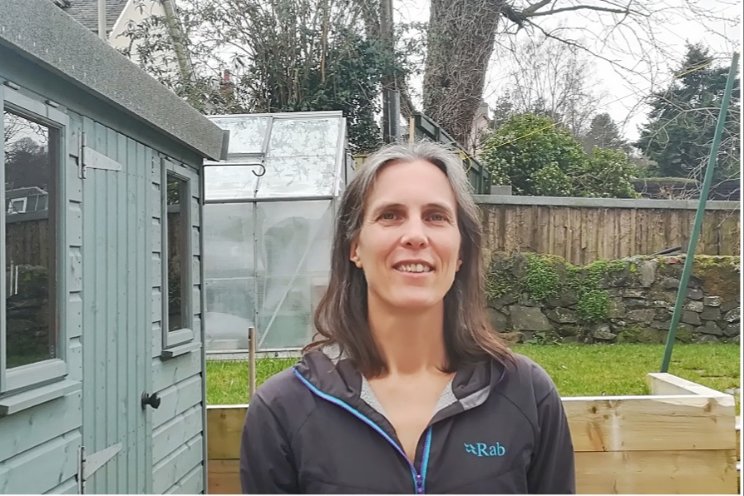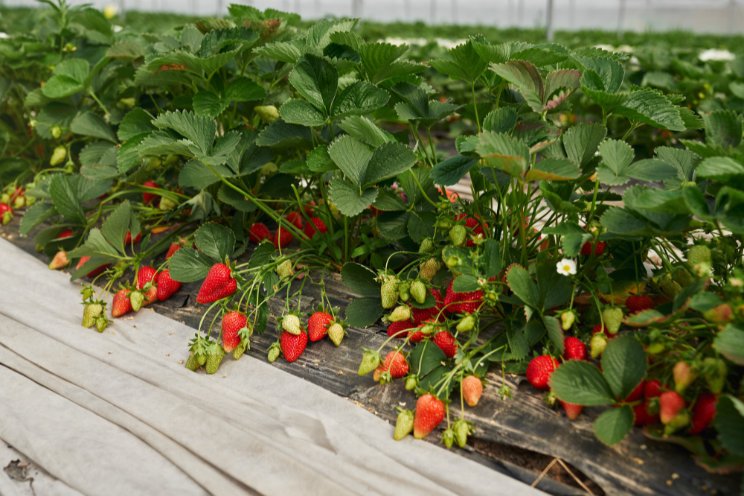Six poinsettia pests and how to overcome them
Added on 29 October 2021
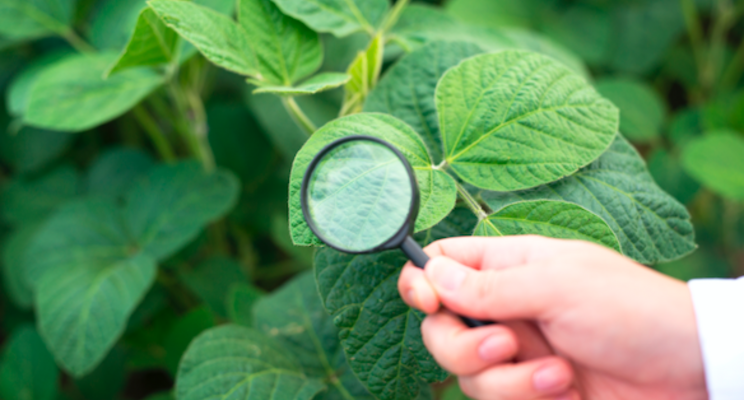
Poinsettia, Euphorbia pulcherrima, is widely grown in greenhouses throughout the U.S.A., and like many greenhouse-grown horticultural crops, poinsettias are susceptible to a number of insect and mite pests. Therefore, it is important to effectively manage insect and mite pests on poinsettias, especially before bract formation, because very few insecticides and miticides are labeled for poinsettias when in bract. The insect and mite pests of poinsettias feed on the roots, leaves or stems, and bracts:
Roots: fungus gnat larvae;
Leaves and stems: whiteflies, western flower thrips, broad mites, Lewis mites, and mealybugs;
Bracts: western flower thrips;
This article provides a brief description of the damage to poinsettia plants associated with each insect and mite pest. In addition, the article discusses the plant protection strategies that should be implemented to manage insect and mite pest populations, which will help to prevent damage to poinsettia crops.
1. Fungus gnats
Fungus gnat, Bradysia spp., larvae (Figure 1) feed on root hairs and small roots, which inhibits the ability of poinsettia plants to obtain water and nutrients. Fungus gnats are primarily a problem under propagation when low larval numbers can kill cuttings or young plants. Cultural control and scouting practices associated with fungus gnats include the following:
Cultural: 1) avoid keeping the growing medium excessively moist, 2) remove weeds and old growing medium from around the production area, and 3) use either pasteurized or bagged growing medium.
Scouting: 1) use yellow sticky cards to capture fungus gnat adults, which will help to detect early infestations, and 2) use potato wedges to detect the presence of fungus gnat larvae.
A number of insecticides can be used to suppress fungus gnat larval populations in the growing medium, including insect growth regulators [e.g. pyriproxyfen], contact insecticides [e.g. chlorfenapyr], and microbials [Bacillus thuringiensis subsp. israelensis]. In addition, there are three biological control agents that are effective against fungus gnat larvae, including the rove beetle, Dalotia coriaria, the predatory mite, Stratiolaelaps scimitus, and the entomopathogenic nematode, Steinernema feltiae. The three biological control agents must be released before fungus gnat larval populations reach damaging levels.
2. Whiteflies
The sweet potato whitefly, Bemisia tabaci, is the primary insect pest of poinsettias, feeding within the vascular system (phloem sieve tubes) and removing plant fluids with their piercing-sucking mouthparts. In addition, the nymphs excrete honeydew, which is a clear, sticky liquid that serves as a substrate for black sooty mold. Whiteflies typically feed on the underside of poinsettia leaves (Figure 2). Furthermore, all the life stages (eggs, nymphs, pupae, and adults) are located on the leaf underside. The cultural control and scouting practices affiliated with whiteflies are the following:
Cultural: 1) remove weeds from within and around the greenhouse, 2) avoid over-fertilizing poinsettia plants with water-soluble nitrogen-based fertilizers, and 3) remove leaf debris from production areas.
Scouting: 1) use yellow sticky cards to capture whitefly adults, which will help to detect early infestations, and 2) visually inspect the underside of leaves for the presence of eggs, nymphs, and pupae.
Contact insecticides [e.g. cyfluthrin], insect growth regulators [e.g. pyriproxyfen], selective feeding blockers [e.g. pymetrozine], and systemic insecticides [e.g. dinotefuran] can be used to suppress whitefly populations. In addition, the parasitoid, Eretmocerus eremicus, can be released early in the production cycle to regulate whitefly populations. Furthermore, entomopathogenic fungi, including Beauveria bassiana and Isaria fumosoroseus, are effective against whiteflies when applications are made early in the crop production cycle. However, be sure to thoroughly cover leaf undersides with spray applications where all the life stages (eggs, nymphs, and adults) are located.
Read more on Greenhouse Management.
Photo created by aleksandarlittlewolf - www.freepik.com
Source: Greenhouse Management
More news
